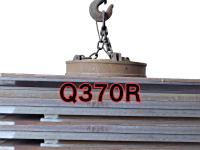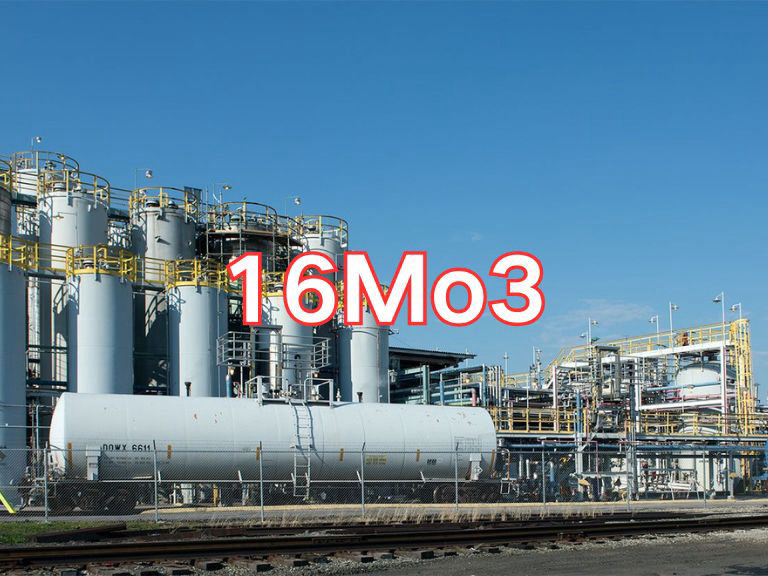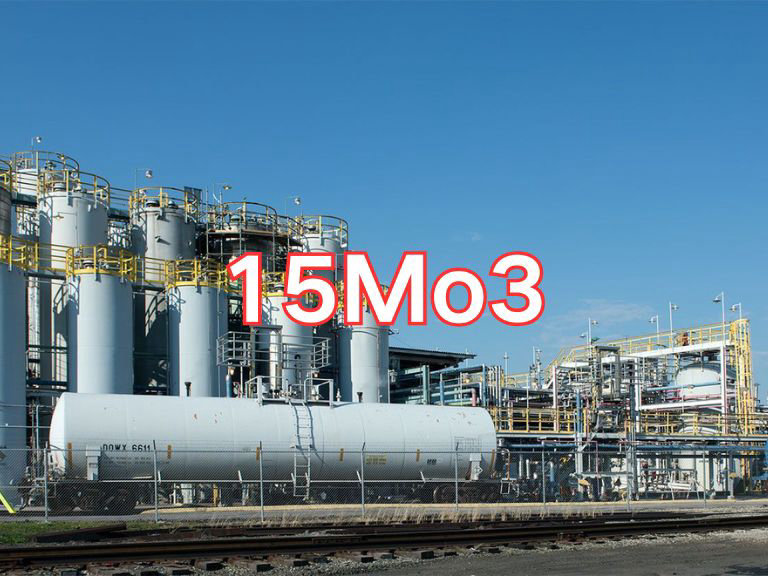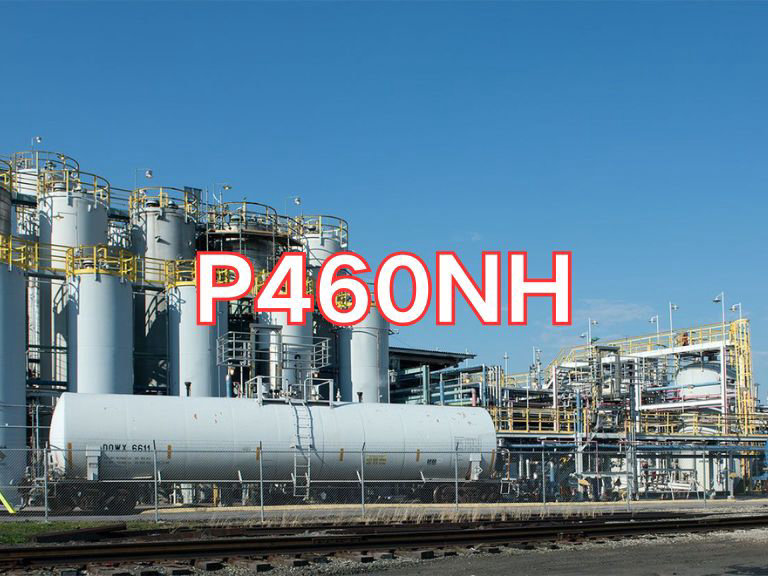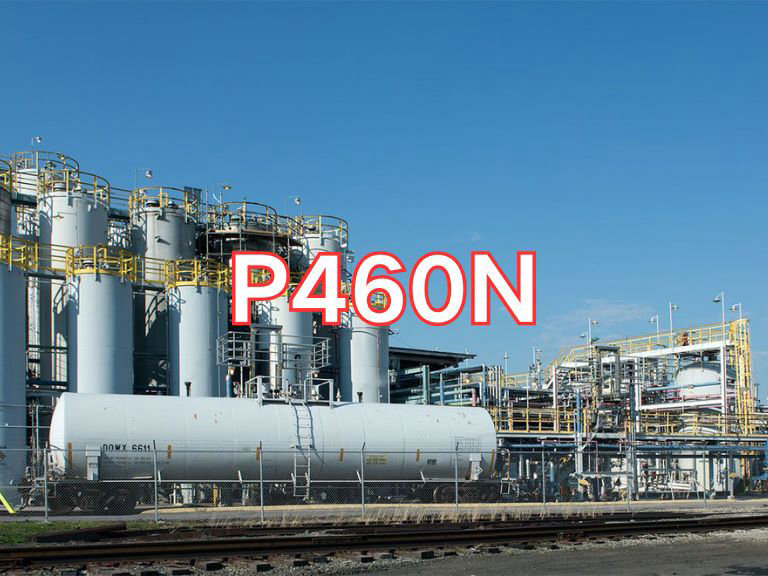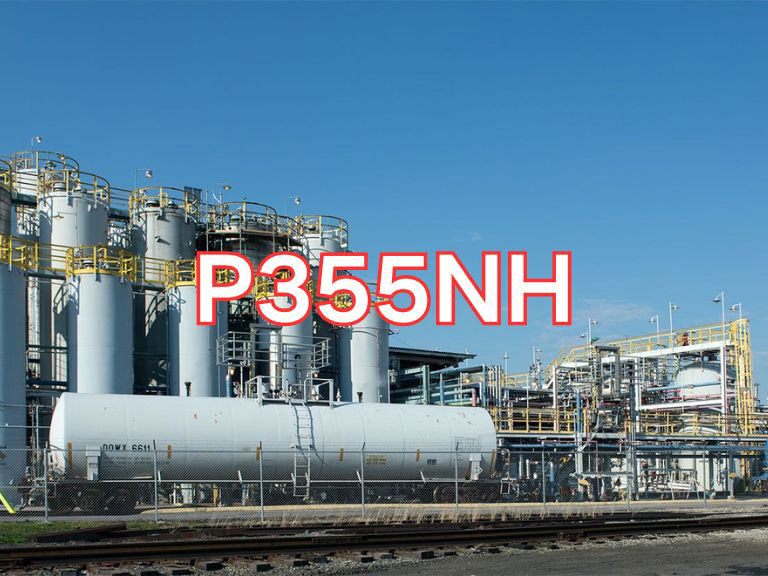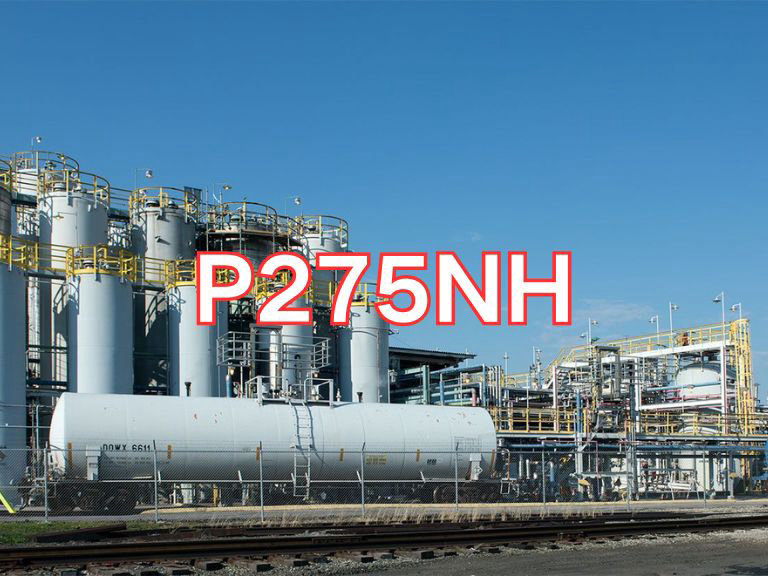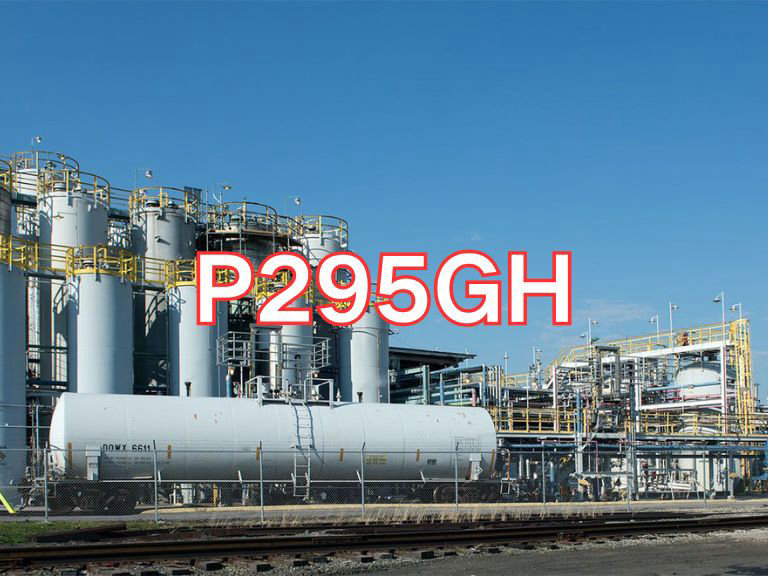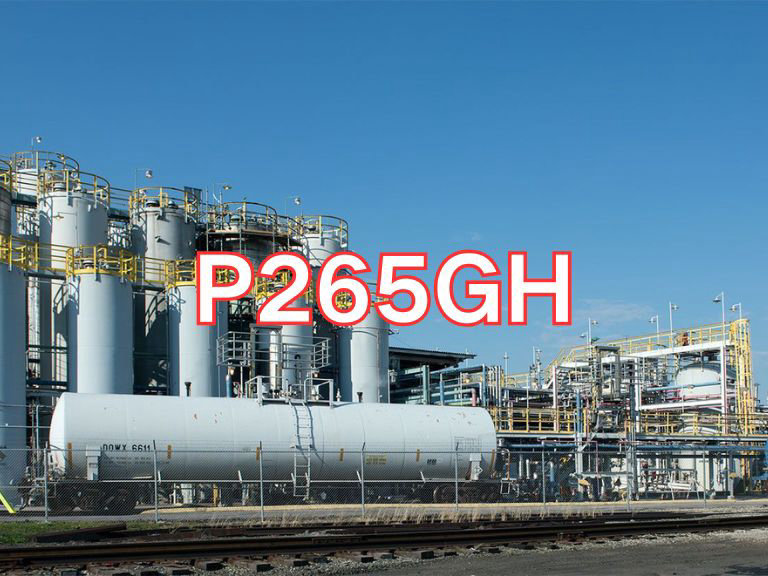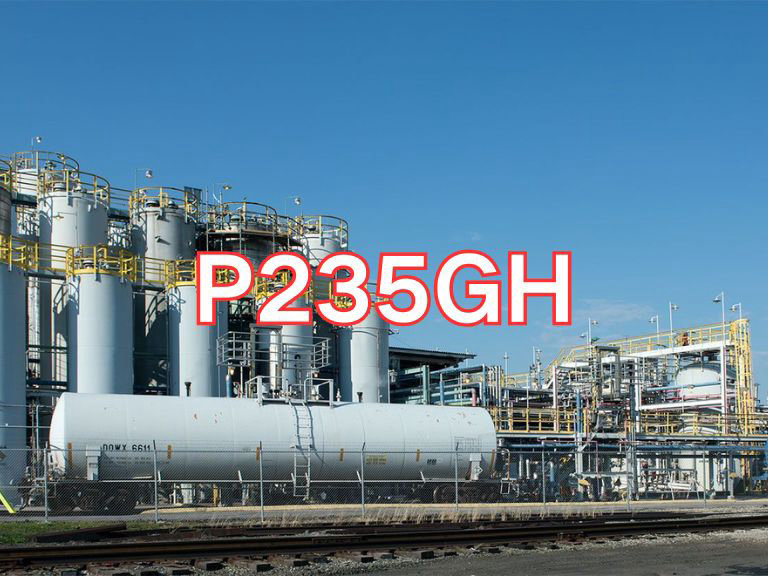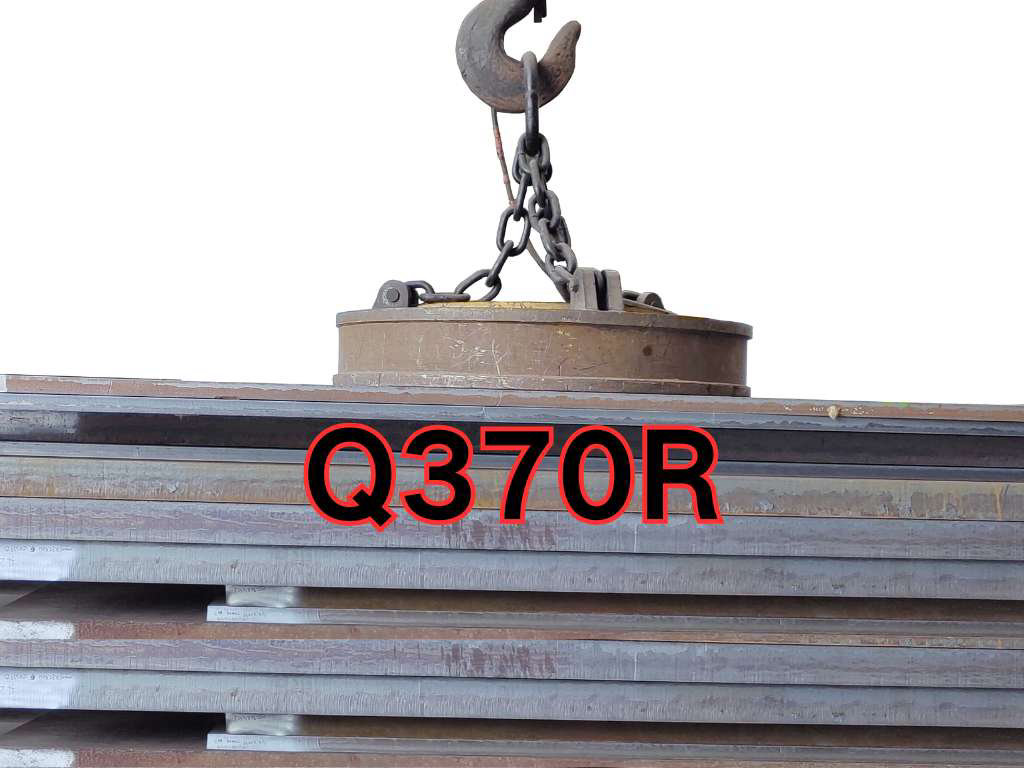

Q370R
1. Brief Introduction
Q370R is a high-strength low-alloy steel plate for pressure vessels, classified under the GB 713 standard "Steel Plates for Boilers and Pressure Vessels." It has a yield strength of no less than 370 MPa, offering excellent comprehensive mechanical properties, weldability, and resistance to embrittlement. Its fine-grained structure is achieved primarily through micro-alloying and normalizing treatment. It is widely used in manufacturing medium-to-high-pressure pressure vessels, reactors, storage tanks, and other equipment.
2. Grade Designation Explanation
Q: Represents the first letter of the Chinese Pinyin "Qū" for yield strength.
370: Indicates the minimum yield strength value (in MPa) for thickness ≤16 mm.
R: Represents the first letter of the Chinese Pinyin "Róng" for pressure vessels.
3. Physical Properties
Density: 7.85 g/cm³
Elastic Modulus: 210 GPa
Poisson's Ratio: 0.3
Thermal Expansion Coefficient: 12.5×10⁻⁶/°C (20-100°C)
Thermal Conductivity: 47.0 W/(m·K)
Specific Heat Capacity: 0.48 kJ/(kg·K)
4. Chemical Composition (Ladle Analysis, %)
C ≤0.18
Si 0.15-0.55
Mn 1.20-1.60
P ≤0.020
S ≤0.015
Alt ≥0.020
Features: Utilizes a low-carbon design with a carbon equivalent (Ceq) ≤0.45, ensuring good weldability. Strength is enhanced through Mn-Nb micro-alloying, while strict control of P and S content guarantees low-temperature toughness.
5. Application Fields
Petrochemical Industry: Hydrogenation reactors, synthesis towers, high-pressure separators.
Gas Storage and Transportation: Spherical liquefied gas tanks, high-pressure gas storage tanks.
Energy Equipment: Power plant boiler drums, nuclear power plant pressure vessels.
Heavy Machinery: Large pressure vessels, hydraulic press cylinders.
6. Testing and Production Methods
Production Process:
Basic oxygen furnace (BOF) smelting + LF refining + VD vacuum degassing.
Controlled rolling + normalizing heat treatment (N condition).
Strict control of rolling temperature and pass reduction.
Testing Requirements:
Tensile Test: Yield strength ≥370 MPa (t ≤16 mm).
Impact Test: Lateral impact energy ≥47 J at 0°C.
Bend Test: 180° bending (d=3a).
Ultrasonic Testing: Complies with JB/T 4730.3 Level I requirements.
7. Internationally Equivalent Grades
American Standard (ASTM/ASME): SA-516 Gr.70 (closest equivalent).
European Standard (EN): P460NH (EN 10028-3).
Japanese Standard (JIS): SPV450 (JIS G 3115).
International Standard (ISO): P460NH (ISO 9328-2).
Note: While these grades are similar in strength level, differences may exist in specific chemical composition, impact energy requirements, and heat treatment systems. Confirmations should be made based on the specific standard requirements during use.

Ultrasonic Testing (UT)
A key non-destructive testing technique that uses high-frequency sound waves to detect internal flaws in steel plates. The probe emits sound waves, which reflect when encountering defects such as cracks or inclusions. The receiver captures the echoes, enabling precise determination of defect location and size. With high sensitivity, strong penetration, and fast inspection speed, UT effectively ensures internal quality, widely used in the production of heavy plates, pressure vessel plates, and other high-end products to guarantee safety and reliability.

Magnetic Particle Testing (MT)
A common surface inspection method that magnetizes the workpiece, causing leakage magnetic fields at surface or near-surface defects like cracks or inclusions, which attract magnetic particles to form visible indications. Simple to operate and highly sensitive, MT is suitable for rapid inspection of surface and near-surface flaws in ferromagnetic materials, widely used for online or offline inspection of plate edges, ends, and welds, ensuring product quality and safety.

Penetrant Testing (PT)
A non-destructive method for detecting surface-breaking flaws. A penetrant liquid is applied to the cleaned steel surface, allowing it to seep into defects such as cracks or pores. After removing excess penetrant, a developer is applied, causing the trapped penetrant to bleed out and form visible indications. Simple and cost-effective, PT is suitable for inspecting surface defects in various non-porous materials, commonly used for welds, castings, and complex components, effectively ensuring surface quality of steel plates.

